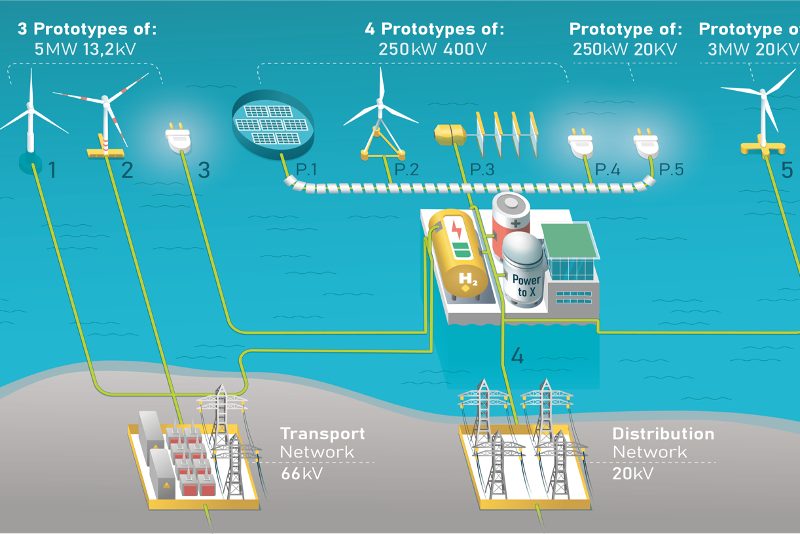
What is H2 and why is it important?
What is H2 and why is it important? https://h2-heat.eu/wp-content/uploads/2023/09/Screenshot-2023-09-01-104405-1024x538.png 1024 538 H2Heat Project https://h2-heat.eu/wp-content/uploads/2023/09/Screenshot-2023-09-01-104405-1024x538.pngThe universe’s most abundant element is also one of the simplest: hydrogen gas, often represented as H2. This molecule consists of just two hydrogen atoms bonded together but holds incredible promise for shaping our future, especially when it comes to clean energy and various applications.
What is Hydrogen Gas? Hydrogen gas is the lightest element in existence and is made up of two hydrogen atoms joined together. It’s a colourless, odourless, and tasteless gas that can easily rise and mix with air.
Why is Hydrogen Important?
Hydrogen has a range of qualities that make it both intriguing and useful:
- Clean Combustion: When hydrogen meets oxygen, it burns with a pale blue flame, producing nothing but water vapour as a byproduct. This makes H2 a clean option for converting to heat.
- Versatile Reactivity: Hydrogen can react with a variety of elements, forming compounds that find applications in industries like fertilisers, petroleum refining, and even food processing.
- Energy Carrier: While not a direct energy source like sunlight or wind, hydrogen can carry energy. This means it can be produced from other energy sources and used in fuel cells to create electricity, or in combustion to generate heat.
- Rocket Power: Hydrogen has been used as a propellant in rockets due to its energy content and clean burn, propelling space exploration.
Hydrogen for a Better Environment
One of the most exciting aspects of hydrogen gas is its potential to revolutionise our efforts toward sustainability and a cleaner planet:
- Reduced Emissions: When produced using renewable energy sources, hydrogen becomes a low-emission fuel option. Unlike fossil fuels that emit harmful carbon dioxide, hydrogen combustion only releases water vapour.
- Industrial Innovation: Industries like manufacturing, where heat is essential, can use hydrogen to lower their carbon footprint and environmental impact.
- Energy Storage: Excess energy from renewable sources can be used to produce hydrogen, which can then be stored. This helps balance energy demand and supply, ensuring we make the most of sustainable resources.
How H2 converts to heat?
- Mixing: First, you need to mix hydrogen gas (H2) and oxygen gas (O2) together. Typically, this happens in the air, where there’s always some oxygen available.
- Ignition: To initiate the reaction, you introduce a source of heat or a spark. This can come from a flame, a spark plug in an engine, or some other ignition source.
- Combustion: When the hydrogen and oxygen mix and are exposed to heat, they react chemically. The hydrogen atoms combine with oxygen atoms to form water vapor (H2O). Reaction: 2H2 (hydrogen) + O2 (oxygen) -> 2H2O (water vapor)
- Heat Release: This chemical reaction is highly exothermic, meaning it releases a large amount of energy in the form of heat.
- Utilization: The heat generated can be harnessed for various purposes, such as heating water, producing steam, or driving engines. In many applications, this heat energy is converted into mechanical work or used for heating spaces.


